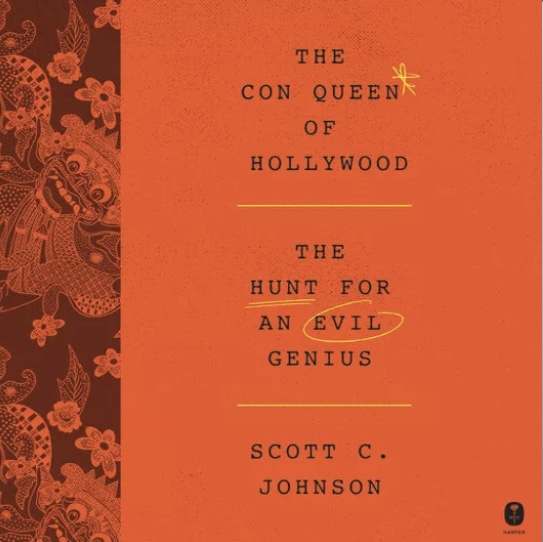
Catch and Kill: Lies, Spies, and a Conspiracy to Protect Predators
Book Description
Whispers of deceit echo through the halls of power, as one journalist unravels a treacherous web of lies designed to protect predators at all costs. In "Catch and Kill," Ronan Farrow takes readers deep into a shadowy world where truth is silenced and the powerful dictate the narrative. With every shocking revelation, the stakes rise, exposing a conspiracy that intertwines the media, Hollywood, and corruption. Farrow's relentless pursuit of justice challenges the status quo and ignites a firestorm of accountability. Can truth withstand the forces determined to bury it, or will the darkness prevail once more?
Quick Book Summary
"Catch and Kill" by Ronan Farrow chronicles his investigative journey uncovering powerful allegations of sexual abuse by Hollywood mogul Harvey Weinstein and exposes the complex machinery that kept such abuses hidden. Farrow reveals how major institutions—notably media organizations—conspired to bury stories of sexual misconduct, employing intimidation, threats, and even private espionage. Through relentless journalism, Farrow illuminates how victims were silenced and how attempts at reporting were suppressed or discredited by those with vested interests. Farrow's quest for truth comes with significant personal and professional risks, but ultimately catalyzes the #MeToo movement and a broader reckoning with abuses of power, secrecy, and complicity at the highest levels.
Summary of Key Ideas
Table of Contents
Systemic Silencing and Protection of Predators
The book opens with Ronan Farrow’s firsthand account of investigating Harvey Weinstein, a Hollywood producer accused by numerous women of sexual misconduct. Farrow uncovers a longstanding pattern of abuse that was kept hidden by a culture of fear and manipulation. The Weinstein case becomes emblematic of a wider system in which powerful men exploit their positions, shielded by legal settlements, non-disclosure agreements, and the complicity of others within media and entertainment. Farrow's investigation quickly proves more dangerous and daunting than expected, as he faces pressure from superiors and external threats to abandon the story.
Investigative Journalism against Powerful Interests
Media organizations, including Farrow’s own employer, NBC, are portrayed as deeply complicit in silencing these stories. Rather than supporting the pursuit of the truth, executives resisted airing the exposé and attempted to discredit both the victims and the investigation itself. The book details the tactics used—ranging from delaying editorial decisions to outright refusing to broadcast corroborated reports. Farrow reveals internal conversations, leaked communications, and the network’s prioritization of connections and profit over journalistic integrity, illustrating how systemic forces work to uphold the status quo.
Tactics of Intimidation and Surveillance
Farrow further uncovers that Weinstein and his associates are not passively waiting, but actively using covert operations to suppress stories. Private intelligence firms, like Black Cube, are hired to track journalists and intimidate sources. These firms use sophisticated espionage, such as surveillance, deceptive tactics, and psychological pressure, to prevent the truth from surfacing. The book exposes the extraordinary lengths some will go to in order to silence accusers and protect reputations, highlighting the chilling effect such intimidation has on victims and truth-seekers alike.
Corporate and Media Complicity
The survivors themselves are central to the story, their voices and experiences at the heart of Farrow's reporting. They recount harrowing encounters, the trauma of being silenced, and the threats faced when attempting to come forward. Their bravery in cooperating with Farrow, often at great personal risk, underscores the obstacles faced by anyone challenging powerful abusers. The book does not shy away from the emotional and psychological costs paid by both sources and investigative journalists in such high-stakes reporting.
Catalyzing Social Change and Accountability
Ultimately, Farrow’s perseverance pays off: his investigation is published in The New Yorker, unleashing a wave of public outrage that contributes to the rise of the #MeToo movement. "Catch and Kill" calls attention to the urgent need for systemic overhaul in both media and societal power structures. Farrow’s story demonstrates the importance of fearless journalism in exposing corruption, while also acknowledging the fragility of such efforts in the face of organized opposition. The book ends on a hopeful note, highlighting ongoing efforts to hold the powerful accountable and ensure that survivors’ voices are heard.
Download This Summary
Get a free PDF of this summary instantly — no email required.





